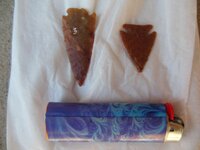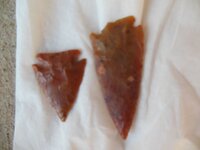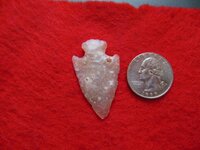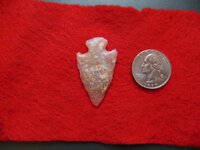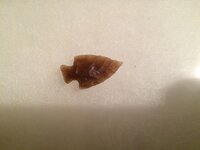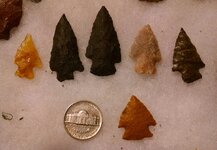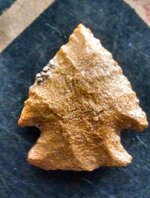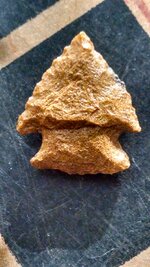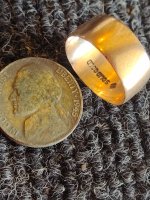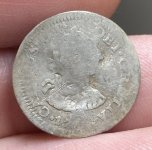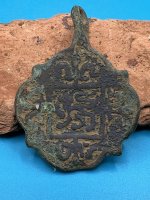Often confused with a Pelican Lake point type(much older). The Hog back has a wider notches and convex base. Lithic is Tabletop chert found in north central Colorado
Description from OverstreetID.com date range 1600 to 700 BP Description:
A small, thin, corner notched triangular arrow point with barbed shoulders and a convex base. The preform is ovoid and blade edges can be serrated.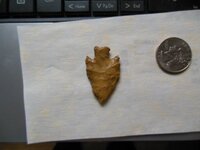
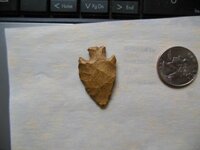
Description from OverstreetID.com date range 1600 to 700 BP Description:
A small, thin, corner notched triangular arrow point with barbed shoulders and a convex base. The preform is ovoid and blade edges can be serrated.


Upvote
0


